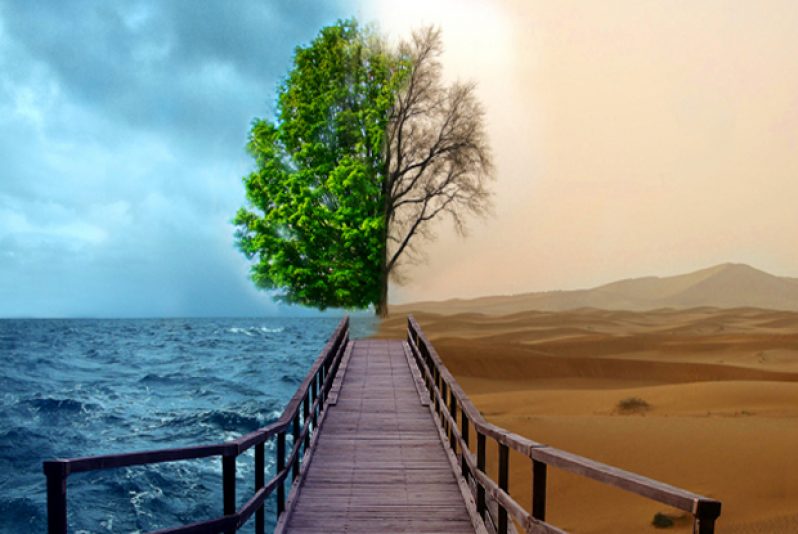FOR centuries nature’s bounty has been inhabited by our indigenous peoples, who have lived in harmony with nature; after all, it is thought that 80% of the world’s protected areas lie within the territories of tribal peoples; they are the forests’ original owners, scientists and conservationists.“I was born in the forest, and I grew up there. I know it well; if we hurt the forest we hurt ourselves.”
Davi Kopenawa, a Yanomami spokesman from the Brazilian Amazon.
Today many of those indigenous peoples continue to use the forests in a sustainable manner, hence ensuring we all have the benefits. However, industrialisation, over – harvesting and misuse threaten to erode the very essence of our biological nature.
There is much that can be learnt from our indigenous brothers and sisters and their conservation practices, let us examine a few of these practices.
Shifting Cultivation
This is a process whereby only a small proportion of land (a quarter or half hectare), within a large area, is used at a time, thereby ensuring natural soil recovery. That is, while one portion is being cropped the other is allowed to rest and when the harvested field is cut and burnt cultivation moves to the other field. The longer a field is cropped, the greater the loss of soil organic matter, and in nitrogen and phosphorus, the greater the increase in acidity, the more likely soil porosity and infiltration capacity is reduced and the greater the loss of seeds of naturally occurring plant species from soil seed banks. In a stable shifting cultivation system, the fallow is long enough for the natural vegetation to recover to the state that it was in before it was cleared, and for the soil to recover to the condition it was in before cropping began.
Subsistent hunting and harvesting
Indigenous peoples are often seen with their arrows and bows heading into the forest to hunt. These practices though they may seem medieval have great conservatory benefits since it does very little damage to the environment.
Although there is abundance in resources it may be noted that most indigenous people only gather as much as they need to feed their families or communities. This allows for young plants and animals to grow and develop; this means of conservation is very important since it guarantees the survival of animal and plant species.
Education
Educating their young to appreciate the values of the natural resources. The shamans
of Suriname are a perfect example, Shamans act as healer-priests, responsible not only for the health of their people but also for their spiritual welfare. In this capacity, shamans are the keepers of both tribal traditions and rites as well as the knowledge of medicinal plants. Over thousands of years, Amazonian tribes have accumulated a vast storehouse of knowledge of medically useful plants growing in the rainforest. It is customary for shamans to teach the next generation about medicinal plants, their belief systems, methods of diagnosis, and traditional concepts of illness.
Although many indigenous people are still involved in traditional practices which protect natural resources; the infiltration of modern technologies and practices cannot be overlooked. Many of these communities are being invaded in the quest for economic development and personal wealth, which is now influencing resource use. In order to curb this issue, the Government of Guyana (GOG) continues to work assiduously to ensure natural resources are sustainably utilised. The passing of the Protected Areas Act in 2012 is a step in the right direction.
Today there is a Protected Areas Commission which allows for the protection and conservation of the natural environment. The Environmental Protection Agency which is the focal point for the Convention on Biological Diversity is also playing a pivotal role in ensuring traditional practices of the indigenous peoples in Guyana complements national development. In addition, several NGOs such as the Iwokrama Centre for Rainforest Conservation, Conservation International (CI) and World Wildlife Fund (WWF) also play an important role in ensuring indigenous communities understand their role in the sustainable use of natural resources. The Ministry of Natural Resources and the Environment through its’ sector Agencies has been working diligently to promote that balance between environment and the developmental goals of the country.
You can share your ideas and questions by sending letters to: “Our Earth, Our Environment”, C/O EIT Division, Environmental Protection Agency, Ganges Street, Sophia, GEORGETOWN or email us at eit.epaguyana@gmail.com.




.png)









